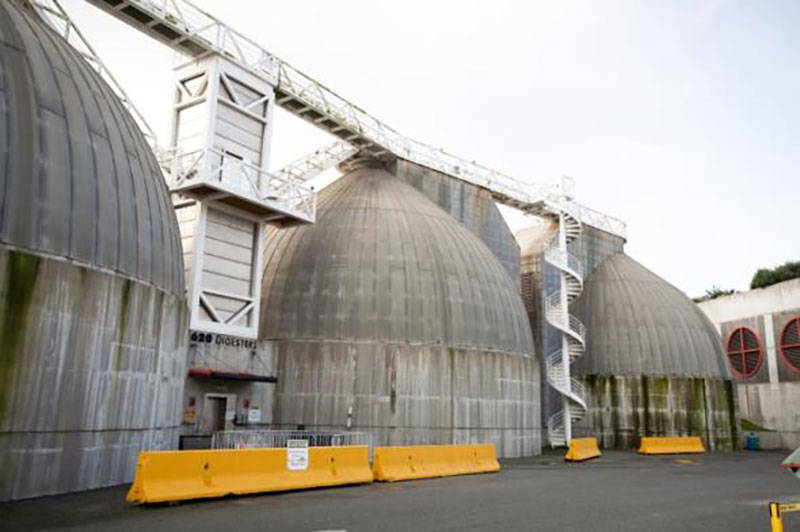The San Francisco Public Utilities Commission says it has made safety improvements at the sewage plant that serves the west side of the city after state workplace regulators issued penalties against the agency following an inspection that uncovered potentially dangerous conditions there.
In late August, the California Department of Occupational Safety and Health (Cal/OSHA) handed down four fines against the SFPUC over safety violations at the Oceanside Treatment Plant, a facility that treats about 6.6 billion gallons of sewage and stormwater annually.
“The employer failed to correct unsafe and unhealthy conditions at site location 3500 Great Highway in a timely manner,” Cal/OSHA wrote in one of its citations.
The state agency found that a system was not working that is designed to prevent workers from inhaling exhaust that arises when sludge moves through the plant, located on the Great Highway near the San Francisco Zoo.
Agency inspectors concluded that the commission failed to train its staff to properly test safety instruments that measure for hydrogen sulfide and methane inside tanks, pits and sewers — spaces that don’t have ventilation.
